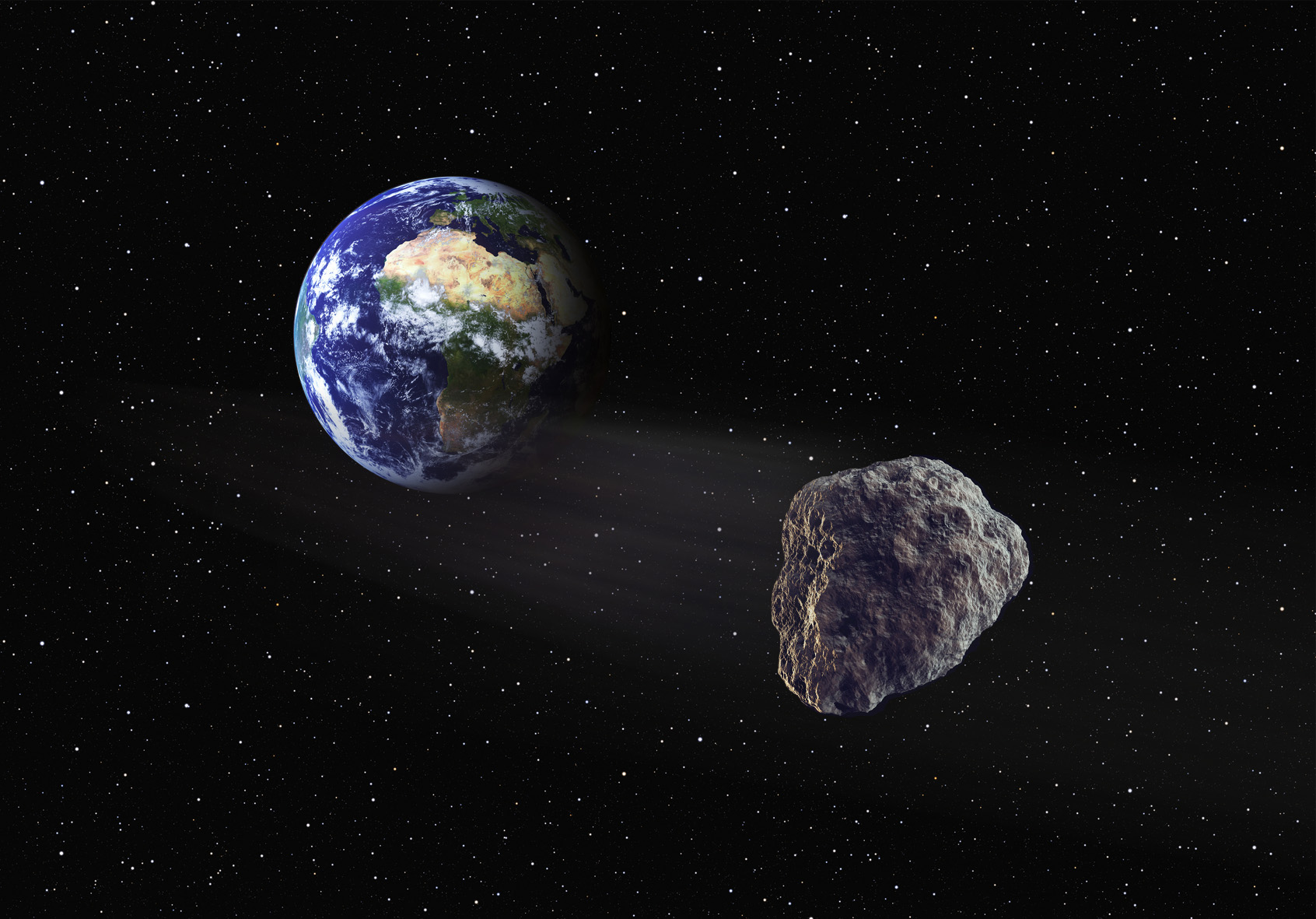Astronomers have captured images of forty-two of the largest members of the main asteroid belt between Mars and Jupiter using the European Southern Observatory’s (ESO) Very Southern Telescope (VLT) in Chile. Such a detailed image of many asteroids has never been taken before. Researchers have noted a number of special shapes of celestial bodies among themselves, ranging from spherical to dog-shaped. Through the recordings, we can also learn more about the origin of asteroids in the solar system.
The detailed recording of the 42 celestial bodies represents a major advance in the study of asteroids in the solar system. All this is due to the development of terrestrial telescopes and may contribute to answering the ultimate question that affects life, the universe and everything.
So far, only a high-resolution image of the three largest asteroids, Ceres, Vesta, and Lutetia, has been visited by the Don and Rosetta space probes from NASA and the European Space Agency.” Pierre Vernazza, a fellow at the Astrophysics Laboratory in Marseille, France, and lead author of a study on 42 asteroids recently published in the Journal of Astronomy and Astrophysics stressed. – We’ve now taken sharp shots for a total of 42 more targets than ESO. “
Due to the previous lack of detailed observations, no basic properties of asteroids such as their three-dimensional shape or density have yet been known. So Vernazza and his colleagues pledged to fill that gap between 2017 and 2019, which means they’ve conducted a detailed survey of some of the largest members of the asteroid belt.
Most of the 42 celestial bodies observed are larger than 100 km. The team captured nearly all of the asteroids larger than 200 kilometers in size – a total of 20 out of the 23.
The two largest celestial bodies imaged by the researchers are 940 and 520 kilometers in diameter, Ceres and Vesta, while the smallest are the asteroids Urania and Osonia, which are only about 90 kilometers in diameter.
After reconstructing the shape of the celestial bodies, astronomers realized that they can basically be divided into two families. Some, such as Hygiea or Ceres, are almost completely spherical in shape, while others are surprisingly elongated in shape. Undoubtedly, the most remarkable of these is the asteroid Cleopatra, which has the shape of a dog bone.

By comparing their size due to the shape of the asteroids with their mass, the astronomers found that the density of celestial bodies in the sample varies over a very wide range. The density of the four less coherent asteroids, including Lamberta and Sylvia, is only 1.3 grams per cubic centimeter, which is similar to that of carbon. However, the most compact of them are Psyche and Kalliope, which have densities of 3.9 and 4.4 g / cm, respectively.3, which exceed 4.4 g/cm diamond3 density as well.
Large differences in density indicate variation in the composition of the asteroids, which in turn reveals the origin of the asteroids. Our observations strongly show that these celestial bodies may have migrated far from their place of origin. The point is that such a huge difference in composition can only be explained to mean that these asteroids originated in different regions of the solar system, said Josef Hanosch, a researcher at Charles University in Prague and a member of the research team. Indications that they formed in a distant part of the solar system outside Neptune and migrated from there to their current orbits.

These scientific findings are due to the extreme sensitivity provided by the ESO VLT Spectro-Polarimetric High Contrast Extrasolar Research (SPHERE). We’ve been able to make significant progress in this area by taking advantage of the increased performance of the SPHERE instrument, and also because previously we knew so little about what even the largest members of the asteroid belt would look like. ” Another member of the research team, Laurent Jorda, who is also a fellow at the Astrophysics Laboratory in Marseille, confirmed.
Astronomers will be able to capture detailed images of more asteroids in the future with ESO’s Very Large Telescope (ELT), which is already under construction in Chile, if work begins as planned in the second half of the decade.

“Using ELT, depending on their location, we will be able to study celestial bodies with a diameter of 35-80 km in the main asteroid belt, and we will be able to see craters with a diameter of 10-25 km,” he predicts. If the ELT is also equipped with an instrument similar to SPHERE, we will be able to detect asteroids of this size even in the distant Kuiper belt. Thus, in a much larger sample of the small celestial bodies of the solar system, we will be able to map the geological history of the system from here, from Earth.”












































